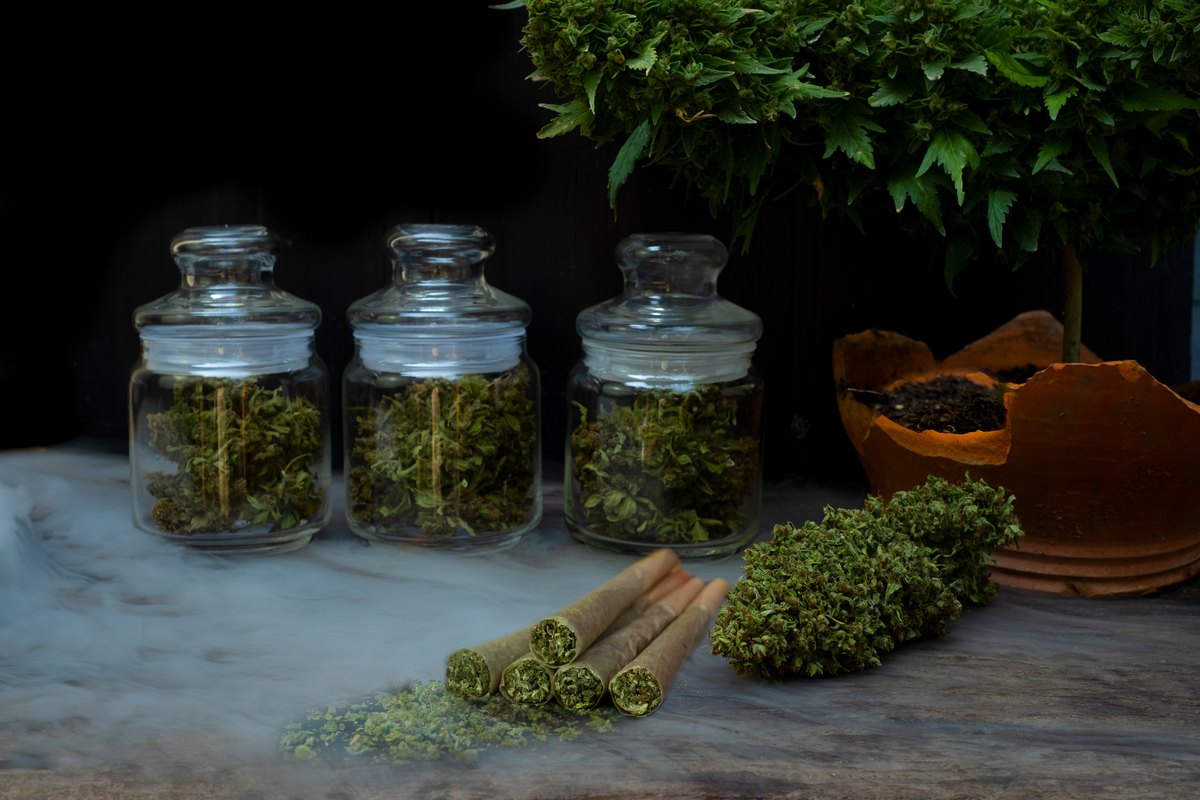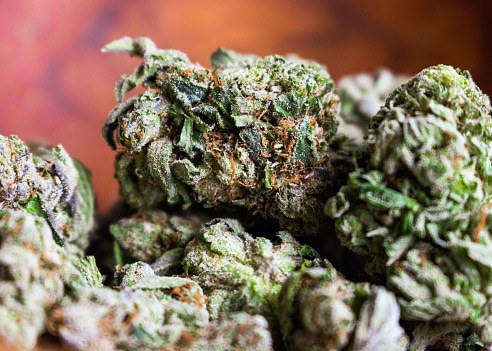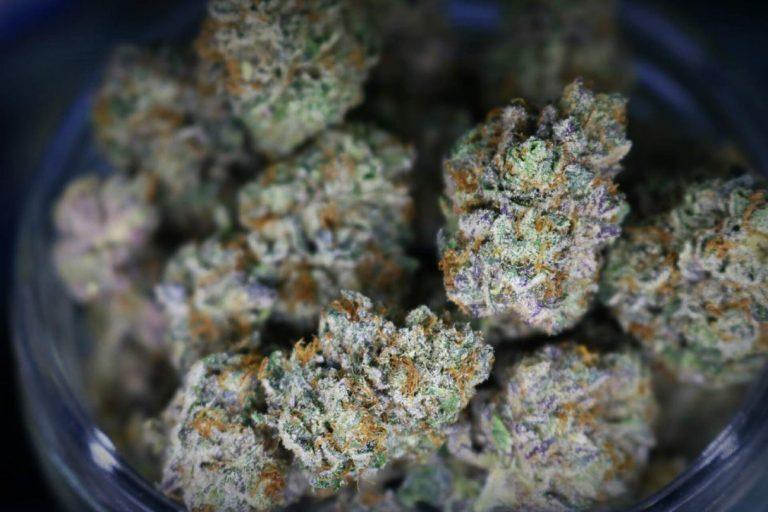
When Did Weed Get So Fancy?
It wasn’t long ago that cannabis came in sandwich bags and got passed around at house parties. Fast forward to 2025, and some cannabis products look more like they belong in a SoHo gallery than a dispensary shelf. Think matte-black jars, gold-embossed boxes, sleek vape pens tucked into leather clutches, and curated pre-rolls that come with tasting notes.
Luxury weed brands are not just a trend. They are a cultural shift. They represent how cannabis is being reimagined for people who care about design, detail, and experience. Gone are the tie-dye tapestries and Bob Marley posters. In their place: minimalist interiors, Japanese incense, oat milk lattes, and terpene maps printed on thick card stock.
This is the era of the bougie stoner. And luxury weed is their love language.
The Visual Language of Luxury
It starts with the packaging. Brands like Sundae School, Leune, and House of Puff are redefining what cannabis can look like. These aren’t products you hide in a drawer. They’re statement pieces, styled for the coffee table, not the stash box.
Instead of garish fonts and cartoon weed leaves, you see neutral tones, serif fonts, and packaging inspired by skincare and fragrance lines. Think Glossier meets weed. Or Aesop, if Aesop offered 1:1 gummies. It’s cannabis by way of design school, and it’s working.
In an Instagram-first world, aesthetics matter. People want to share what they buy. And luxury weed gives them something to show off.
Who’s Buying It?
You might think this market is limited to celebrities or old-money types with a penchant for rare strains. But luxury weed brands appeal to a growing demographic: city dwellers in their 20s and 30s who care about wellness, aesthetics, and intentional consumption.
They are the same people who spend $18 on adaptogenic lattes and browse ceramic incense holders on TikTok. They don’t want to get obliterated. They want to relax, recharge, and look good doing it.
These consumers aren’t trying to hide their cannabis use, they’re curating it. And the brands that speak their language are seeing serious success.
What Makes a Brand “Luxury”?
It’s not just about price, though many of these products do cost more than your standard eighth. It’s about the whole experience.
Luxury cannabis products often include:
-
Exclusive or small-batch strains with clear terpene profiles
-
Designer packaging made from eco-friendly materials
-
Art collaborations with emerging creatives or local studios
-
Sustainable sourcing with full transparency
-
Curated playlists, scents, or tasting notes to guide the vibe
These extras make the product feel special. But more than that, they make it feel intentional. Every touchpoint is considered. Nothing is random. It’s weed with a point of view.
Brand Spotlights
Let’s take a closer look at a few brands leading the luxury wave:
Sundae School – Korean-American brand known for elevated edibles and designer merch. Their yuzu-flavored mochi gummies are art in both form and function.
House of Puff – Focused on art, femininity, and elegance. Their products include pre-rolls with pastel glass one-hitters and luxury rolling trays that double as home décor.
Leune – Known for their sleek, mood-based product lines like Solstice or Cloud Berry. The branding leans wellness over stoner, and the product matches.
Ball Family Farms – A Black-owned company offering premium indoor flower with cinematic storytelling. Their strain drops come with character arcs and cinematic visuals, blending luxury with substance.
The New Stoner Aesthetic
Today’s luxury stoner isn’t wearing a tie-dye hoodie and quoting Pineapple Express. They’re rocking tailored sweats, sipping turmeric chai, and lighting a candle from a niche Parisian perfumer. Their relationship with cannabis is slow, thoughtful, and refined.
This isn’t about being above the old culture. It’s about expanding it. A blunt rolled in rose petals can coexist with a gravity bong made from an old Gatorade bottle. Luxury weed doesn’t erase what came before, it adds to the story.
But it does make a statement: weed can be high-end. It can be beautiful. It can be designed for people who love detail, minimalism, and slow moments.
Celebrity Influence
You can’t talk about luxury cannabis without mentioning the celebrities driving the aesthetic.
Jay-Z’s Monogram brand was a bold entry into this space, with visuals that looked more like a Givenchy campaign than a cannabis ad.
Bella Thorne’s Forbidden Flowers and Seth Rogen’s Houseplant both mix weed with style, architecture, and personality.
Then there’s Snoop Dogg, the original luxury stoner, whose name alone turns mid-tier products into collectibles. These celeb-driven brands bring mainstream visibility while validating the idea that weed can be part of a luxury lifestyle.
Events and Experiences
Luxury cannabis isn’t just about products. It’s about the world that surrounds them.
We’re seeing an uptick in:
-
Cannabis-infused fine dining pop-ups
-
Designer rolling accessories (think 24k gold rolling papers)
-
Art gallery events with terpene pairings
-
High-end cannabis yoga and sound bath classes
-
Curated canna-gifting suites at award shows
These experiences create intimacy, exclusivity, and culture. They let people interact with cannabis in a way that feels indulgent, elevated, and entirely their own.
The Criticism
Of course, not everyone is on board. Some argue that luxury branding alienates traditional consumers or drives up prices. Others say it whitewashes cannabis culture, removing its roots in exchange for minimalism and branding.
Those criticisms are valid. But they also miss the point. The rise of luxury weed is not the only version of modern cannabis, it’s just one version. And for many, it’s a version that speaks more closely to how they live, shop, and express themselves.
Final Thoughts
Luxury weed brands are doing more than selling flower. They are reshaping how the world sees cannabis. Not as something to hide, but something to celebrate.
They are proof that cannabis can be functional and fashionable. That it can live on the same shelf as skincare, candles, and cookbooks. That it belongs not just in the back of the drawer, but out in the open, where beauty, wellness, and design all intersect.
And if you ask the bougie stoners of 2025, that evolution was long overdue.





